15 Games That Changed Drastically During Development
While many games are changed during development, these famous titles barely resemble the projects they started off as.
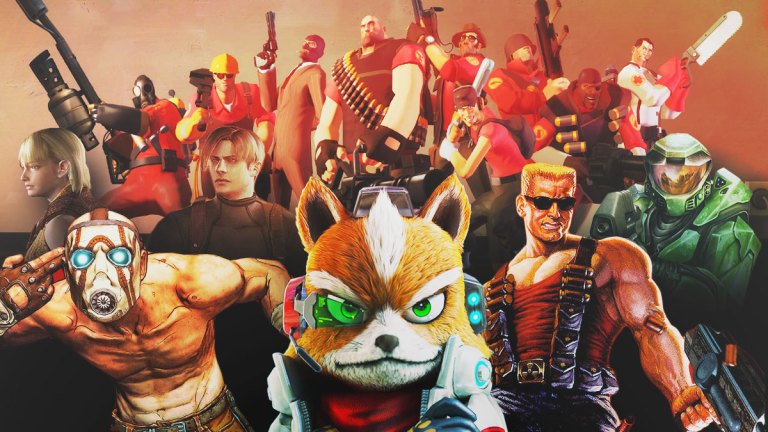
Any developer will tell you that games rarely turn out the way they were first envisioned. Features get cut or don’t work as planned. New tech can mean a game can look or play much better by moving it to new hardware. Sometimes, huge chunks of a game just need to be cut to meet a deadline. These changes are a normal part of the process.
But what’s much less common is when development gets far enough along that a title can be shown publicly, but the final product ends up being much different from what was first shown. These are 15 games that radically changed during development.
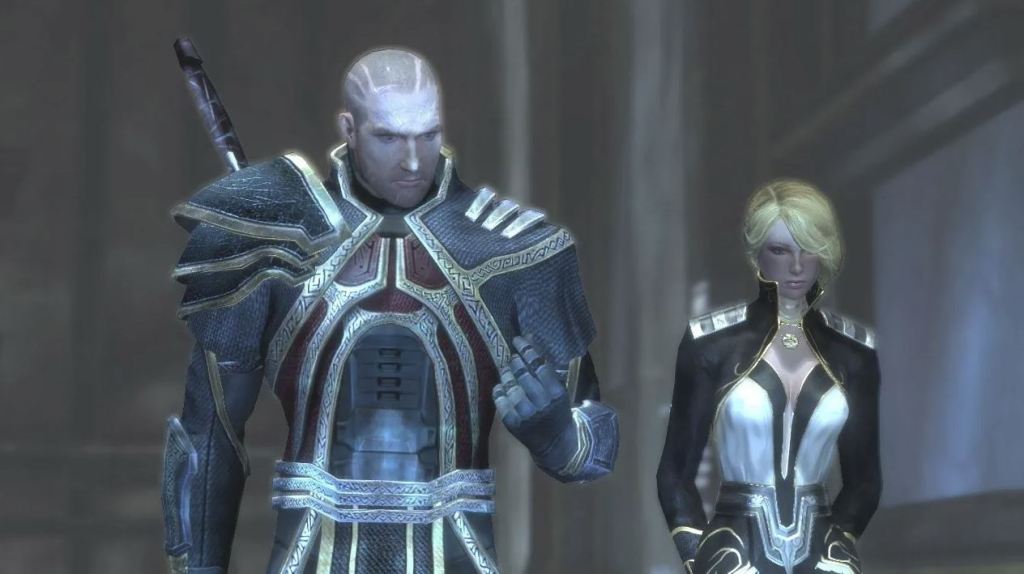
15. Too Human
After a decade of development, Too Human launched as an Xbox 360 exclusive in 2008 to what could generously be called “mediocre reviews.” Critics liked the sci-fi take on Norse mythology but were underwhelmed by the lack of loot and somewhat baffling choice to use the right analog stick for attacks. Anyway, thanks to a lawsuit that eventually shut down developer Silicon Knights, you can always download the game for free on Xbox now and check out this historical curiosity for yourself.
Oddly enough, the one thing that most people really liked about the game – the setting – was completely different from the version of Too Human that was originally going to ship on four CDs for the first PlayStation. Remarkably, Too Human was originally going to be a cyberpunk shooter starring a cop. A scrapped GameCube version of the title looks similar, but little information has been released about that portion of the game’s development. Honestly, regardless of when Too Human was released, it probably wasn’t ever going to set the world on fire.
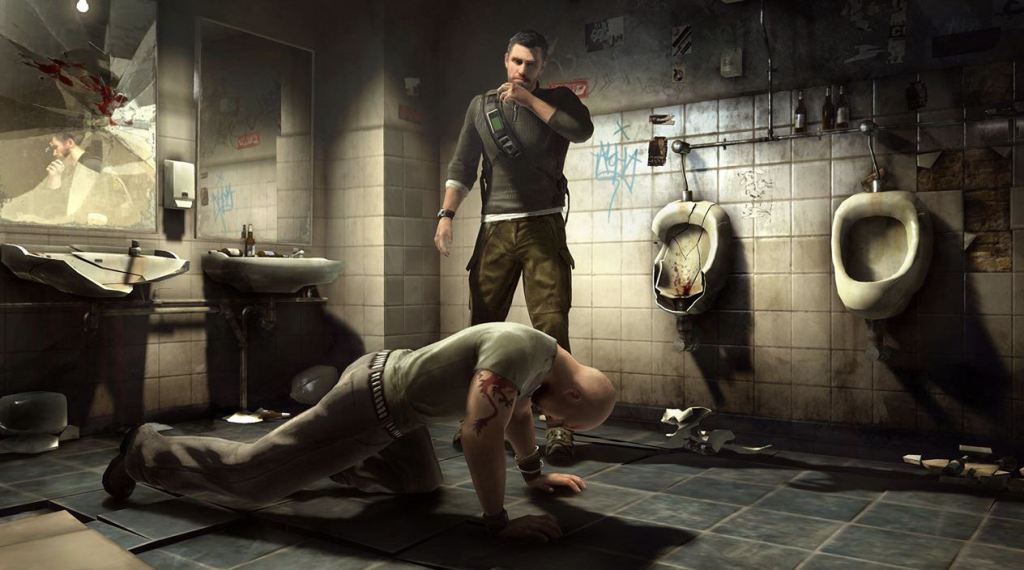
14. Splinter Cell Conviction
After releasing four acclaimed games in the Splinter Cell franchise in just five years, Ubisoft was looking to inject some new ideas into the franchise. While Conviction‘s eventual set-up (which turned Sam Fisher into a renegade agent), was certainly a change of pace for the franchise, the first videos of Conviction showcased a significantly different experience. Honestly, we’re probably better off with the refined version we got instead.
The earliest Conviction demos were certainly graphically impressive for such an early HD game, but the game itself looked more like Assassin’s Creed or Hitman than Splinter Cell. Apparently, the idea was to give Sam Fisher some sort of sixth sense that would help him get around the various environments, and the gameplay would have emphasized hand-to-hand combat as well as much more traditional stealth than what made it into the final game. Development was quietly halted after a couple of years before pivoting to the version of Conviction that’s now considered a high point for the series.
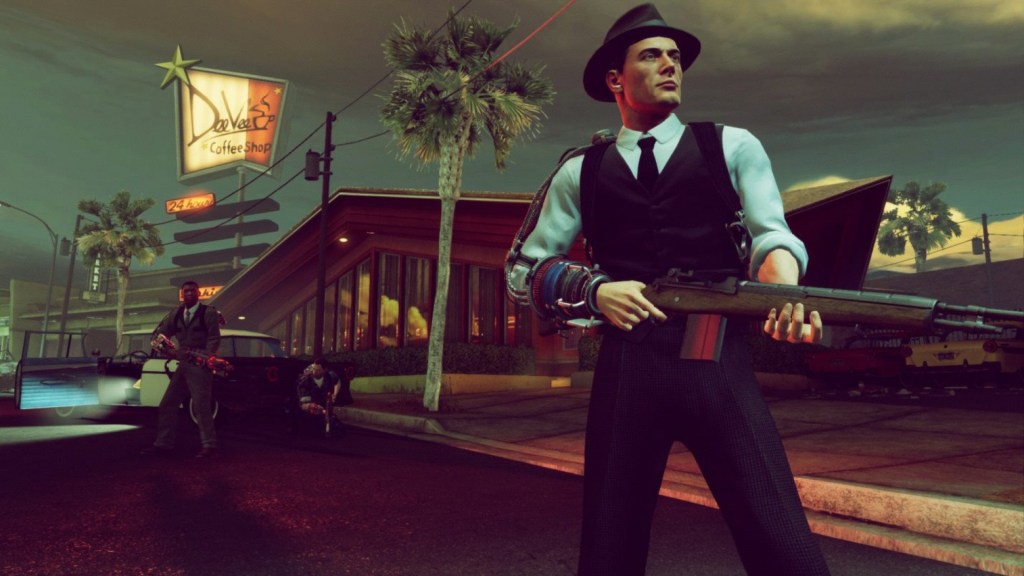
13. The Bureau: XCOM Declassified
The Bureau was one of those games that always looked interesting in previews, but never quite came together due to a lengthy and troubled development. The first version of the game (which was in development from 2006-2011) was intended to be a first-person shooter set in the ‘50s with horror and stealth elements that players would utilize to face an “unknowable” alien enemy. The team even experimented with asymmetrical multiplayer mode (still a rarity at that time).
Unfortunately, a variety of creative and personnel changes slowly chipped away at that vision. With time running out, a little over a year was then spent developing a third-person version of the game that also would have incorporated stealth elements and bridged the gap between the old and new XCOM games. That ultimately evolved into the somewhat generic tactical shooter set in the ‘60s that contained elements of those interesting ideas but was ultimately kind of a mess that received a mixed reception.
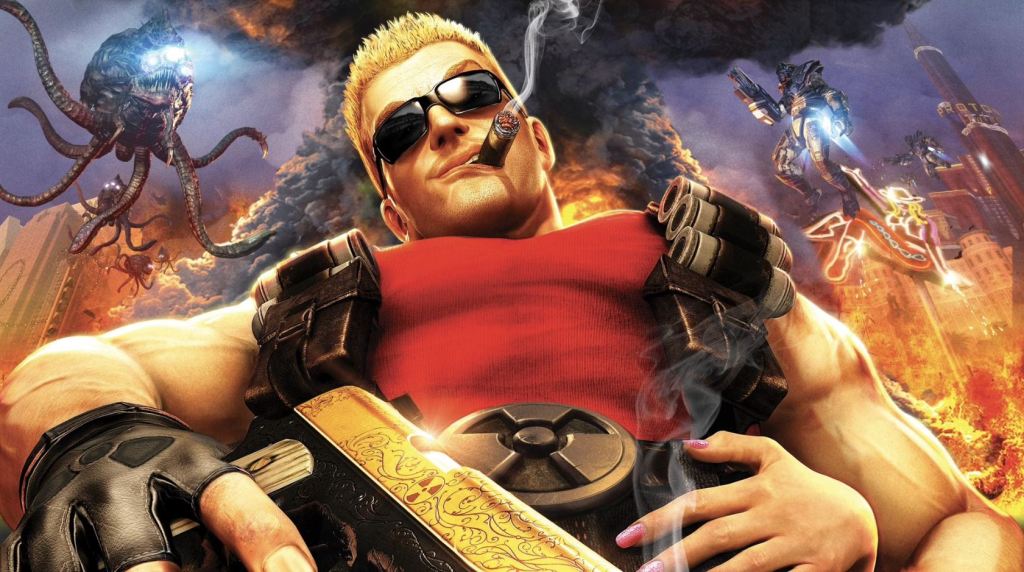
12. Duke Nukem Forever
Duke Nukem Forever has become such a punchline in the gaming world that it almost feels unfair to include it on a list like this. Then again, few games have spent 14 years in development to end up with so little to show for it.
While other games on this list changed course to move to another platform or better appeal to a changing market, Duke Nukem Forever’s many changes in direction are largely attributable to studio mismanagement. The game was hotly anticipated when it was announced by developer 3D Realms in 1997 and shown running on the Quake II engine the following year. However, a move to the Unreal Engine was soon necessary to better render the game’s large outdoor environments.
From there, pretty much everything went wrong. A nightmare development process and behind-the-scenes problems left many to label Forever as “vaporware” as early as 2001. Though updated trailers and screenshots were periodically released, an actual release date remained a distant dream. Remarkably, development limped along until 2011 when Gearbox Software purchased the IP and finished an almost completely different version of the game, shelving years of work in the process. Everything about the title was pretty dated by then, and unsurprisingly, the series seems pretty dead at this point.
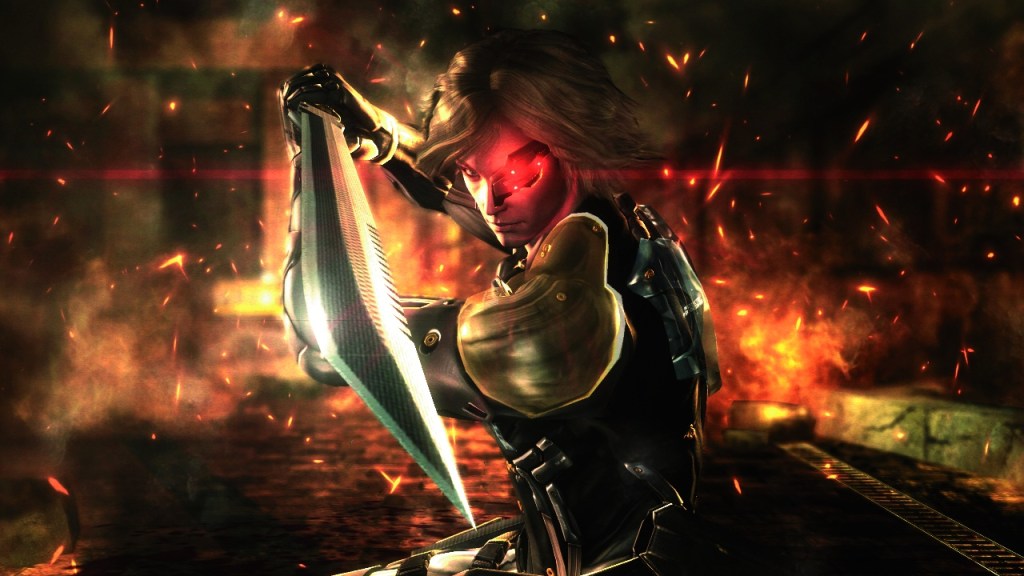
11. Metal Gear Rising: Revengeance
Metal Gear Rising: Revengeance is a really fun action spin-off of the main series it shares a name with, but at one point, the project was actually canceled completely. The game was first announced as Metal Gear Solid: Rising in 2009, and it was intended to be developed by Kojima Productions as a prequel to Metal Gear Solid 4 that would show how Raiden became a cyborg. Gameplay would have focused on fast-paced stealth, and, at least in theory, Raiden would have also been able to cut through anything at any time.
The problem was that the game was originally envisioned was a little too ambitious. Kojima and his team couldn’t quite get the cutting concept to work. The game would have been completely abandoned if a meeting between Kojima and PlatinumGames didn’t ultimately result in Platinum taking over development, tweaking the gameplay, and turning it into a sequel to Metal Gear Solid 4.
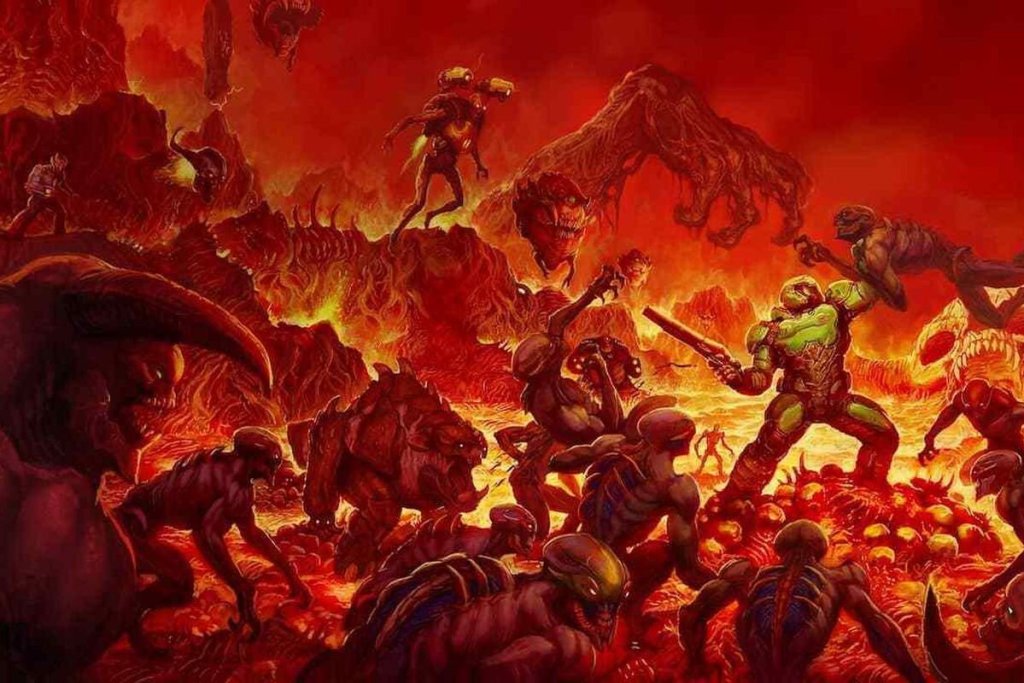
10. Doom (2016)
Before its recent resurgence, the Doom franchise was going through something of an identity crisis. Doom 3’s detour into survival horror was generally well-received, but it just didn’t feel anything like the fast-paced, rip-and-tear action of the first two games.
Id Software’s first attempt at a sequel was then simply known as Doom 4. The idea was to rectify the previous game’s change in direction by moving the action to a version of Earth that had been invaded by demons. Crucially, Doom 4 would have also featured heavily scripted sequences straight out of Call of Duty. The screenshots of the project that have surfaced over the years look interesting, but apparently, the game just wasn’t shaping up very well. Thankfully, restarting development resulted in a fantastic soft reboot that stayed true to the spirit of the original games while adding plenty of modern twists.
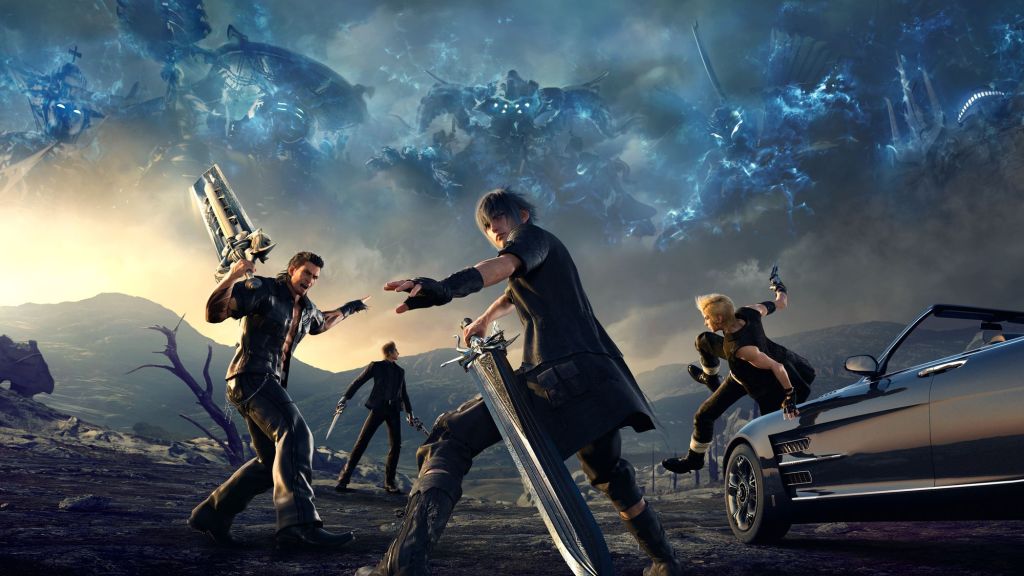
9. Final Fantasy XV
“Fabula Nova Crystallis” was the umbrella term Square Enix used for Final Fantasy games in the late 2000s and early 2010s. More than a decade on, it’s unclear whether anyone at Square Enix even knows what the hell the point of this distinction was other than to kind of sort of relate these games to Final Fantasy XIII, but also not too much, because a lot of people hate that game to this day.
Anyway, you might recall that what we now know as Final Fantasy XV was first announced all the way back in 2006 as a PS3 exclusive called Final Fantasy Versus XIII. Like much of the Fabula Nova Crstyallis debacle, Square struggled to articulate what exactly made the game “Versus XIII” (whatever that means) other than it being a darker game than a mainline Final Fantasy that played more like Kingdom Hearts.
After several more years of development issues, the powers that be just repackaged the game as Final Fantasy XV, further modified the battle system, gave it a lighter K-Pop vibe, and cut off the beginning of the game so it could be redone as the abysmal Kingsglaive CGI movie. Depending on who you talk to, all of this either completely ruined the franchise or resulted in a game marginally better than Final Fantasy XIII. Either way, Square Enix hasn’t mentioned Fabula Nova Crystallis since.
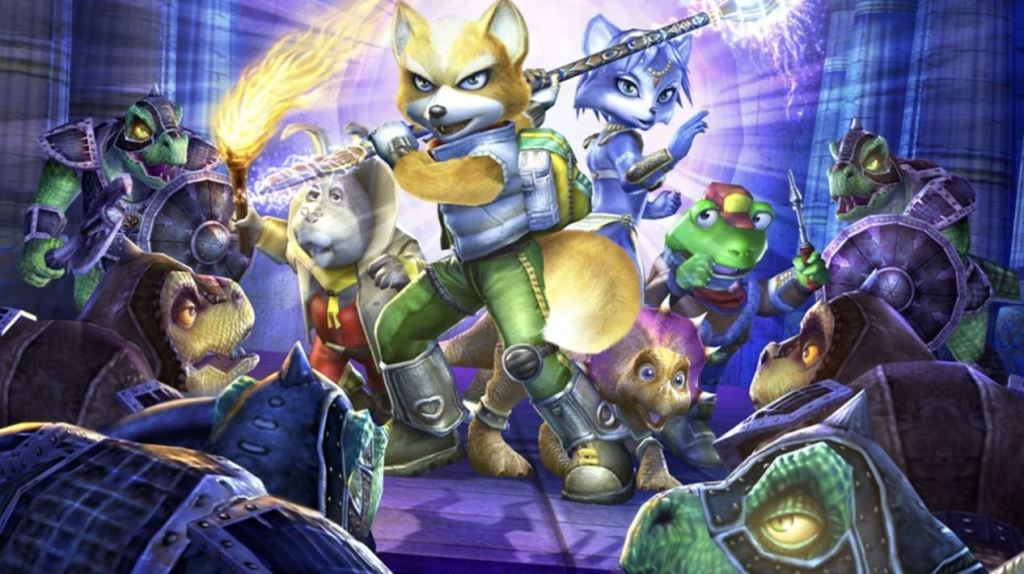
8. Star Fox Adventures
Star Fox Adventures is a fondly remembered (if somewhat odd) entry in the storied franchise. While a lot of people enjoyed Rare’s spin on a lot of the ideas introduced in The Legend of Zelda: The Ocarina of Time, it’s hard to deny that it just doesn’t really feel like a Star Fox game. Maybe that’s because it was never meant to be one.
Starfox Adventures was originally conceived as a brand new IP called Dinosaur Planet. Intended to be Rare’s magnum opus for the Nintendo 64, Dinosaur Planet was the culmination of everything the studio had learned creating some of that console’s most beloved and technically impressive titles. Then, in early 2000, Shigeru Miyamoto noticed how much the game’s protagonist looked like Fox McCloud, and Nintendo asked Rare to turn Dinosaur Planet into a Star Fox game. Development was moved to the Gamecube as well, giving the title a substantial graphical boost even if Fox and crew never quite seem to fit into the world.
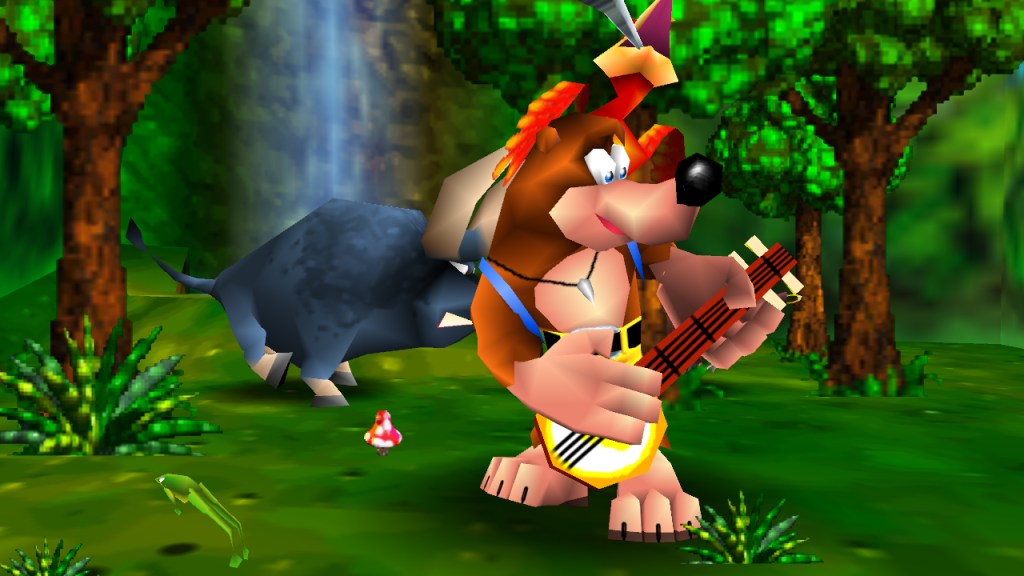
7. Banjo-Kazooie
Rare’s bear and bird are iconic today, but their original platforming adventure started off as something almost unrecognizable from the final product. Using the then-revolutionary graphics technology it had pioneered with Donkey Kong Country, Rare sought to create an SNES RPG called Project Dream about a boy fighting pirates. The game looked fantastic but was a little too much for the 16-bit console to handle. So, the project was moved to the N64.
Even then, development was reportedly not going well. The game had a low frame rate and, worst of all, simply wasn’t fun. Eventually, Banjo, who was already a minor character in Project Dream, became the protagonist of a 2.5D platformer where he collected fruit. However, Nintendo soon showed the team an early version of Super Mario 64, and upon seeing how revolutionary that game was going to be, the version of Banjo-Kazooie that ultimately hit shelves started to take form. Ironically, many people will still argue that Banjo-Kazooie is the better N64 platformer.
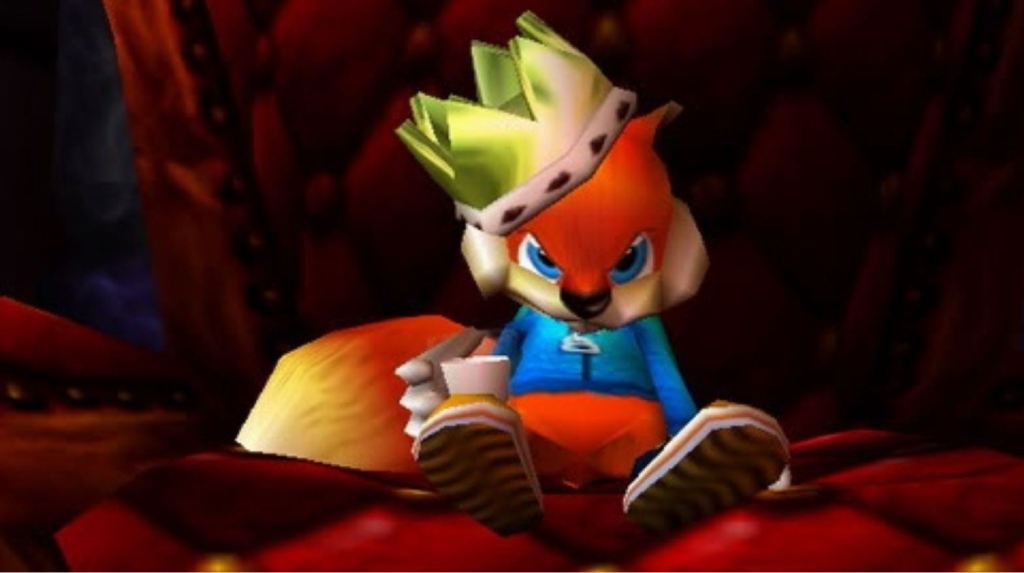
6. Conker’s Bad Fur Day
As we’ve already seen, Rare’s games in the ‘90s went through some pretty drastic changes during development. However, none of those changes were as radical as what eventually happened to Conker’s Bad Fur Day.
While Conker is now known for his heavy drinking and foul mouth, he was originally going to be yet another cute and cuddly platform character member of the Rare roster. This version of the character even made it into the wild in a very kid-friendly Game Boy platformer called Conker’s Pocket Tales.
At that time, Conker was supposed to star in a similar N64 game titled either Conker’s Quest or Twelve Tales: Conker 64. The game was regularly shown to the press during development, and by all accounts, it was…fine. It was just, perhaps, a little too generic and similar to Banjo-Kazooie. After seeing the tepid response, Rare decided to completely shift the game’s tone into the gory, darkly comic cult classic that is Conker’s Bad Fur Day. Though that game sadly bombed due largely to its late release and strange promotions, it is hard to argue that the game isn’t more memorable because of the shift.
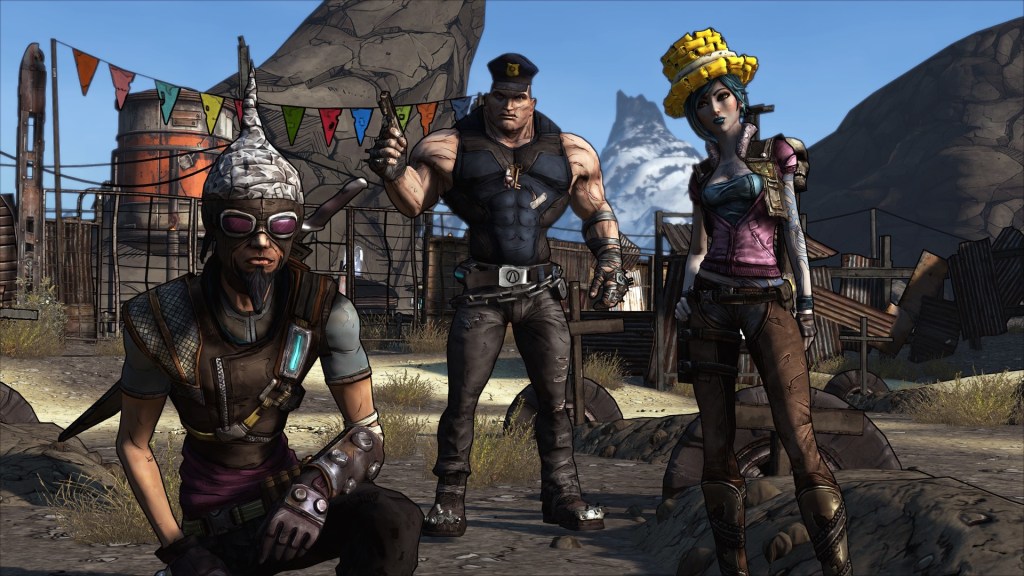
5. Borderlands
Borderlands is now a franchise beloved for its cel-shaded art and wacky humor. However, when the game began development back in 2005, it featured a much more serious tone as well as a more realistic art style similar to other games of the era (like Fallout 3 and Rage). Thankfully, several members of the team realized the game needed something more to stand out and worked on the new, cartoony art style in secret before pitching it to the rest of Gearbox. Despite the drastic and the work that would have to go into pulling it off, everyone loved the change in direction.
Aside from that, the game stayed fairly close to its initial pitch of “Halo meets Diablo,” though procedurally generated loot caves and hirable AI companions were dropped during development. Minor alterations aside, it’s hard to imagine Borderlands would have been quite the hit it became without the radical shift in tone.
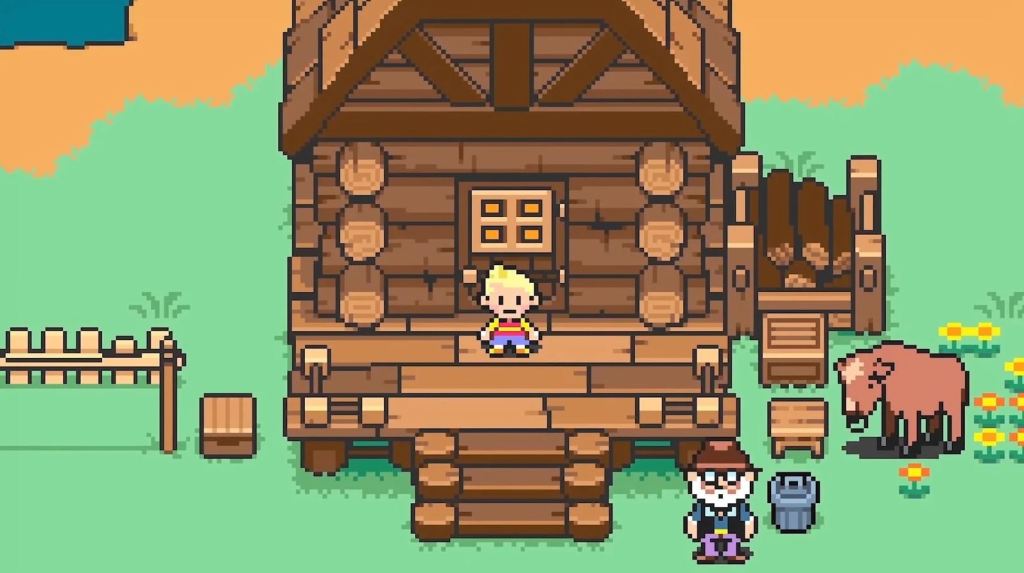
4. Mother 3
The fact that we may never see an official North American release of Mother 3 is all the more heartbreaking when you consider the project was scheduled to come stateside back when it was known as EarthBound 64.
That tile was initially intended to be released for the SNES but soon moved to the N64. Sadly, such a large RPG looked to be too much for the console, so it was moved again to the ill-fated 64DD add-on. When the 64DD failed, it was again planned to just be released as an N64 cartridge. Through all of this, Nintendo showed quite a bit of the game during the late ‘90s, which led many to feel optimistic it would eventually be released.
In fact, despite the developmental difficulties, this 3D version stood out as one of the best-looking N64 titles ever in those previews. Unfortunately, upon realizing the game would take at least two more years to develop in the year 2000, Nintendo canned the game to move resources to the GameCube. The eventual Game Boy Advance release of Mother 3 in 2006 actually kept the story that was planned for the N64 version but changed everything to 2D. Looking back at some screenshots, you can even see how many of the locations made the eventual move from the N64 to the GBA.

3. Team Fortress 2
Team Fortress 2 has become such a staple of online gaming with its cartoony art style and iconic class-based gameplay, that it’s hard to imagine it ever existed in another form. Yet, when the game was first shown to the public way back in 1999, it featured a modern (for the time) military aesthetic and promised to include a commander class that would have ordered AI allies around the battlefield similar to an RTS. In other words, it couldn’t have been more different.
Despite receiving a lot of positive initial buzz, the game disappeared for nearly six years. While the initial word was that the game was just being modified to run on the Source engine, it soon became clear that the vision for the project had changed drastically during that time. Despite reportedly going through multiple other redesigns during that time, Valve finally settled on the more recognizable version of the game that’s still popular more than 15 years after release. This is definitely a case where the developers made the right call by changing direction.
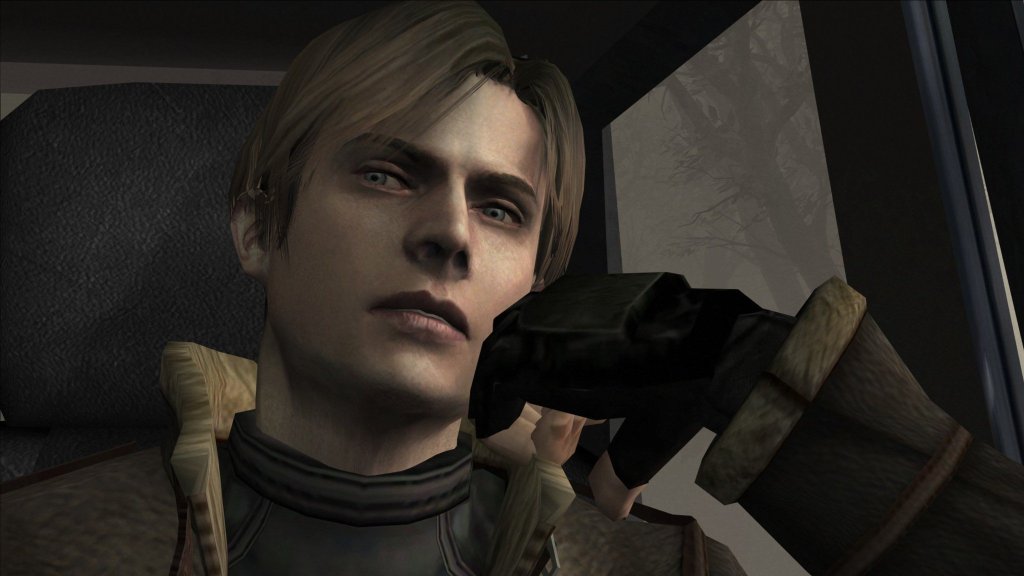
2. Resident Evil 4
After three main installments and a couple of side stories, Capcom knew it had to mix up the survival horror formula a bit or risk becoming stale. As you may know, the first attempt at Resident Evil 4 proved to be a little too action-packed. That version actually went on to become Devil May Cry and helped establish an entirely new successful franchise.
The next few attempts at Resident Evil 4 bore some similarities to the final product, but still look drastically different in screenshots and videos. The first, dubbed the “Fog version,” featured a castle location, but zombies instead of Las Plagas. After getting about 40 percent through development, that was scrapped for what is commonly known as the “Hook Man version,” which starred an infected Leon battling paranormal enemies, including a ghostly man who wielded a large hook. Though Capcom didn’t get very far into development, the team also considered another idea about a character escaping a killer in a castle, and yet another version that brought back zombies.
Through it all, what is now sometimes considered to be one of the best games ever made slowly took shape. Though some of those early ideas sound interesting, it’s hard to imagine how any of them could have topped the classic Capcom ultimately produced.
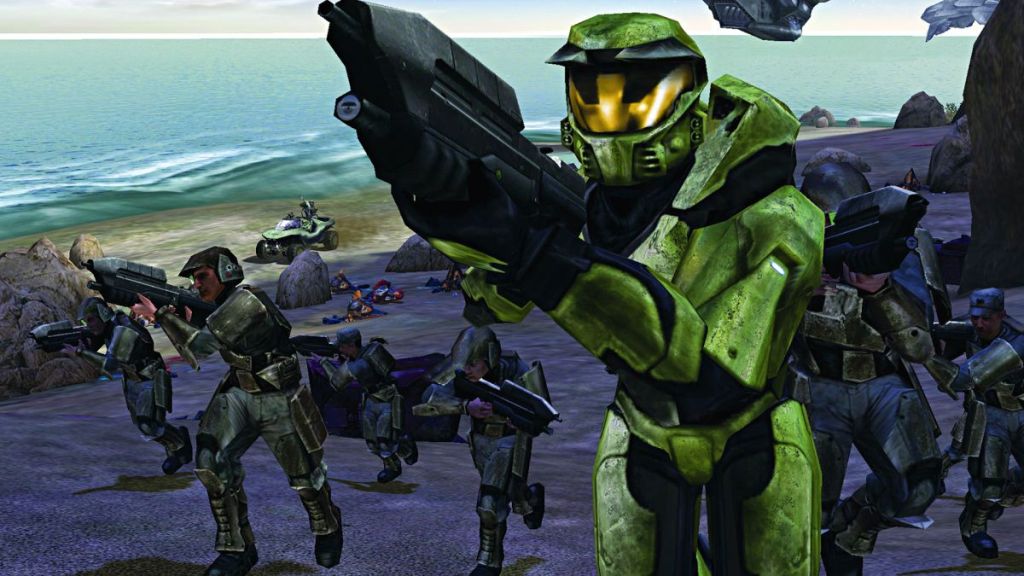
1. Halo: Combat Evolved
If you look into the history of Halo, you’ll discover that it’s a miracle that Bungie was able to ship a functional game at all, let alone one that became one of the biggest and most influential titles of all time.
Halo was initially conceived as a first-person shooter based largely on Bungie’s previous Marathon games but with a few added features such as vehicular combat. That may sound a lot like the game we ended up with, but Halo took a notable detour along the way when some technical problems and staffing changes inspired Bungie to reconsider the entire project. The original idea soon morphed into an RTS that even made it as far as a playable build.
It was then that something small, yet historically significant happened. The developers soon realized it was more fun to directly control their strategy project’s vehicles rather than simply command them. So, the game became a third-person shooter that the team said would feature a large open world, deformable terrain, and variable weather. This was the version of Halo famously revealed at Macworld in 1999.
Bungie was ready to move forward with these ideas, but financial difficulties forced them to make a deal with Microsoft to complete the game. Having to meet deadlines for the 2001 launch of the original Xbox meant pretty much all the features planned for the third-person game were scratched. And so, Halo went back to the first-person shooter it was envisioned as from the start. Ironically, the Halo franchise has become so successful over the years that it ended up exploring a lot of the ideas that were considered in development, resulting in the open-world Halo Infinite and the excellent RTS spin-off Halo Wars.
